9. October: Ten Days That Shook the World ( 1927) Directed by: Sergei Eisenstein

Everyone knows “Battleship Potemkin” and the famous Odessa sequence so much that other masterpieces of Eisenstein remain unseen. That is the reason why his equally provocative and important film for disseminating the intellectual montage “October” is selected in lieu of “Battle Potemkin.”
“October” is a visionary and brave attempt at filmmaking that immediately cuts to the shot of a mechanical peacock after the shot of Alexander Kerensky for satire, and wove together deities from various religions with military regalia to denote the equality between their madness.
Eisenstein also used the same shots of a staircase numerous times to exemplify its importance, which he had done all over his career. The montage theory of the deities alone qualifies it as one of the finest films ever to study about the famous Russian montage theory.
10. Man with a Movie Camera (1929) Directed by: Dziga Vertov
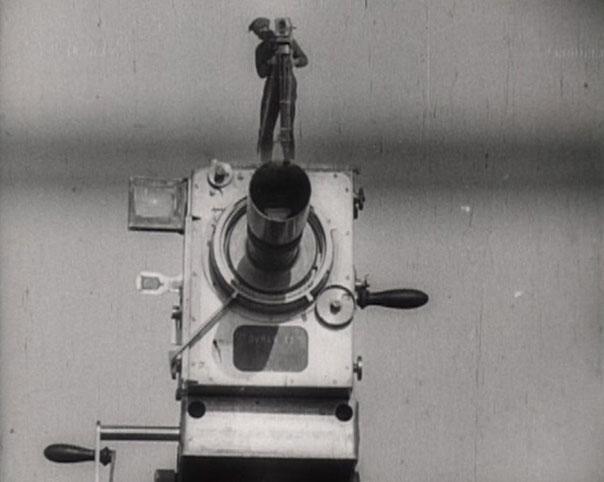
Perhaps the widest seen avant-garde film, Vertov’s “Man with a Movie Camera” is one of the most revolutionary pieces of filmmaking of all time. Dziga Vertov employed a number of effects to make an expressionistic comment on reality with a documentary style. There is no present editing and film technique that Vertov didn’t employ in this film in as early as 1929.
Among them, the most popular usages are the split-screen, the Dutch angle, multi-exposure, slow motion, fast motion, and so on. Gravitating with energy, it’s possible that without the release of “Man with a Movie Camera,” there wouldn’t be a Chris Marker, Maya Deren, or Jean Rouch.
11. Earth (1930) Directed by: Alexander Dovzhenko

At the time when the Russian montage makers such as Eisenstein and Pudovkin ruled with their powerful and intense filmmaking style in the form of propaganda, Alexander Dovzhenko rebelled with his poetic “Earth.”
Although commissioned by Stalin to make a film on collectivization, Dovzhenko ultimately made a film that is a meditation on its time, the nature of life and death and modern society and the village life. This is a visually exquisite film to watch, which is known to have inspired the great Tarkovsky; the grain sequence in the film is one of the greatest poetic sequences in film history. Without “Earth,” there could have been no Tarkovsky or Terrence Malick ruling the silver screen.
12. It Happened One Night (1934) Directed by: Frank Capra
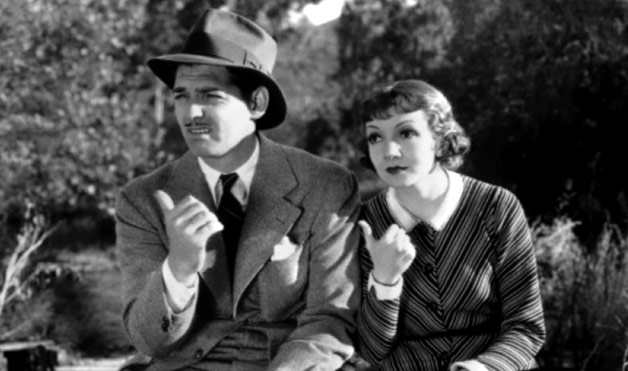
One of the earliest romantic comedies, Frank Capra’s “It Happened One Night” opened with a moderate response and the director himself claimed at one point that it is the worst picture of all time. History proved otherwise, though. It is the golden standard of the romantic drama with a great balance of drama and screwball humor and lighthearted feel-goodness.
It also has the rare achievement of winning all five major Academy Awards singlehandedly. The bare-chested Clark Gable increased the sale of the undershirt with his manly seduction. A must watch for lovers of romantic comedies, or if you ever wish to write one.
13. The Song of Ceylon (1934) Directed by: Basil Wright
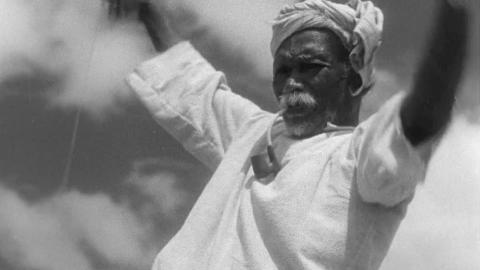
Basil Wright was one of the early pioneers to creatively use sound in his documentaries. Again a commissioned propaganda film, “The Song of Ceylon” marked the arrival of an artist even within the implied restrictions. Here, the sound used was not recorded in sync, and sometimes contrapuntal sound has been used for declaring the intended message.
This is the style Eisenstein wanted to maintain in his uncompleted documentary: the counterpart of intellectual montage in sound. It is a rare feat to make such a daring documentary with experimental effects without thinking of the masses. You can watch it just for that.
14. Triumph of the Will (1935) Directed by: Leni Riefenstahl
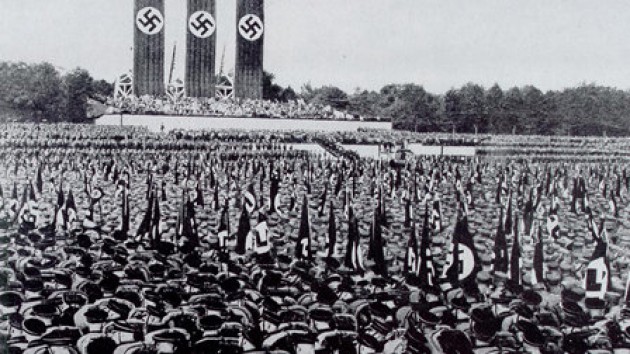
Propaganda films are easy to denounce, but “Triumph of the Will” shines above everything. Evaluating only from the artistic and technical mastery, it is a film to preserve for future generations to alarm and teach them about psychological manipulation.
Leni Riefenstahl was a gifted filmmaker who filmed the Nazi Congress meeting and particularly Adolf Hitler with grandeur in a larger-than-life scale to psychologically manipulate the masses. Her framing choices are to be carefully examined, as they framed Hitler in a position of power and respect and the masses worshipping a deity.
15. The Rules of the Game (1939) Directed by: Jean Renoir
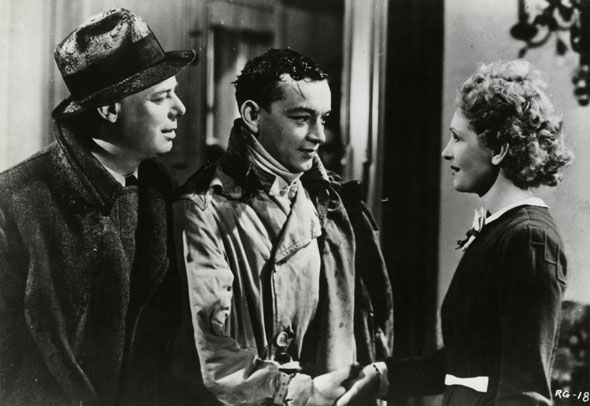
Andre Bazin’s favorite film “The Rules of the Game” is a towering achievement in formalism and naturalism at the same time. A satire of the French elite class before the beginning of World War II, this film is bathed in the light of leftist sentiment that was necessary for the dangerous path its citizens were taking.
The rabbit hunting sequence was a fantastic reminder of the casualties of the war in the form of a satire. Known for the first use of deep focus and long shots, it is also an achievement in cinematography.
16. Citizen Kane (1941) Directed by: Orson Welles
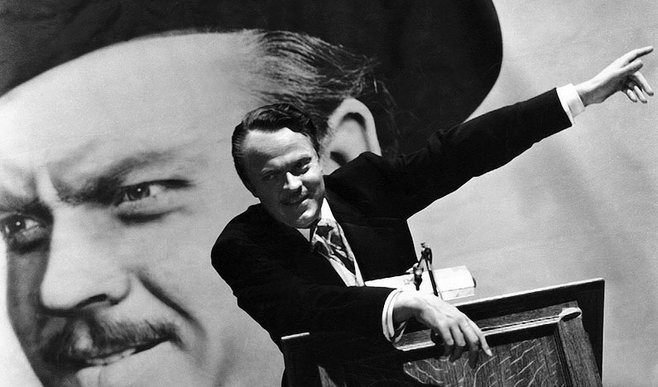
Everyone knows about “Citizen Kane” and the genius of Orson Welles. A masterclass at directing, editing, cinematography, and practically all departments, this film was known as the best film of all time according to Sight & Sound before it was replaced with “Vertigo.”
It is a foolish attempt to describe the genius of the film as it has been done a million times before this. But for the last temptation of a writer, it can be described as an exemplary film that showcased the loneliness of the titular character and is famous for its “Rosebud.”
17. Bicycle Thieves (1948) Directed by: Vittorio De Sica
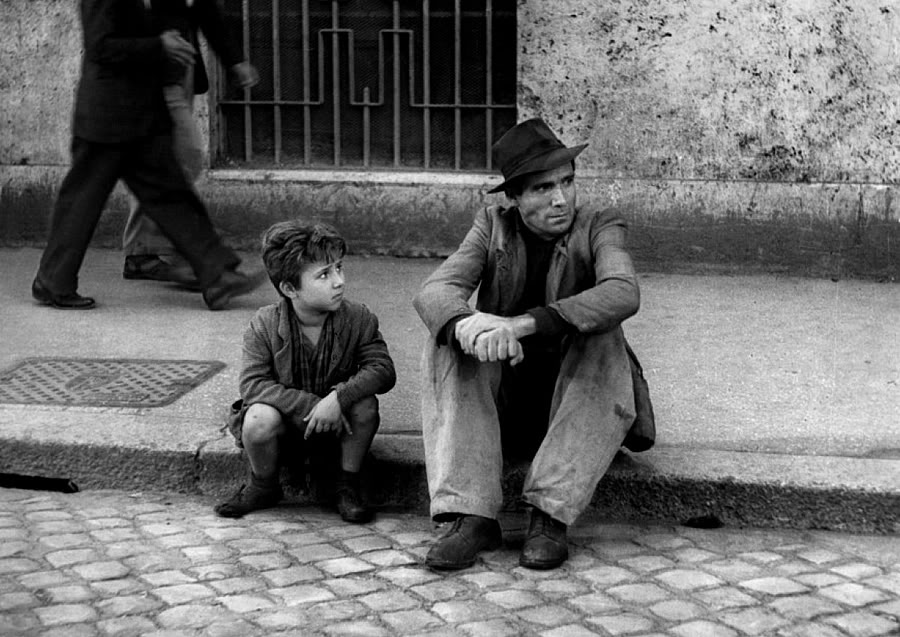
More than anything, “Bicycle Thieves” teaches us to be brave. Composed entirely of non-professional actors and real-life locations, De Sica filmed this postwar tearjerker with extreme skillfulness. Italian neorealism started with this official poster child and gradually its influence spread all over the world. A very subtle critic of the hypocrisy of modern society, this film will bring tears to the eyes of the most stone-hearted man.